Easy Turbo Upgrade on 93 59 Cummins
The Upgrades Your Cummins Can't Live Without
If you're a Cummins owner, you know that performance and reliability go hand-in-hand. In terms of serviceability, durability and aftermarket support, the Cummins has been the most desirable engine of the lot for more than 30 years—and for good reason. From the original 6BT revolutionizing the diesel truck market to the legendary P-pumped 12-valve, and the introduction of the 24-valve head to common-rail injection, each rendition of this iconic inline-six enjoys a strong enthusiast following. As a result, the Cummins is not only the undisputed champion of making horsepower, but the most celebrated engine in the diesel industry. However, that doesn't necessarily mean a few Cummins upgrades won't come in handy.
Unfortunately, every engine has its shortcomings—even the almighty Cummins. If some imperfections go unaddressed, such as the killer dowel pin in '89-'02 5.9L's, catastrophic issues can surface. If others aren't dealt with, you've got a truck that can barely keep up with traffic. And if you've added power but not tackled the simple supporting modifications that make that extra giddy-up safe or usable, you'll never see optimal performance or million-mile longevity. From the mechanical 12-valve 5.9L to the 6.7L common-rail, the following Cummins upgrades aren't just recommendations, they're mandatory if you want your engine to live up to its full potential.
1989-2002 Engines:
Killer Dowel Pin
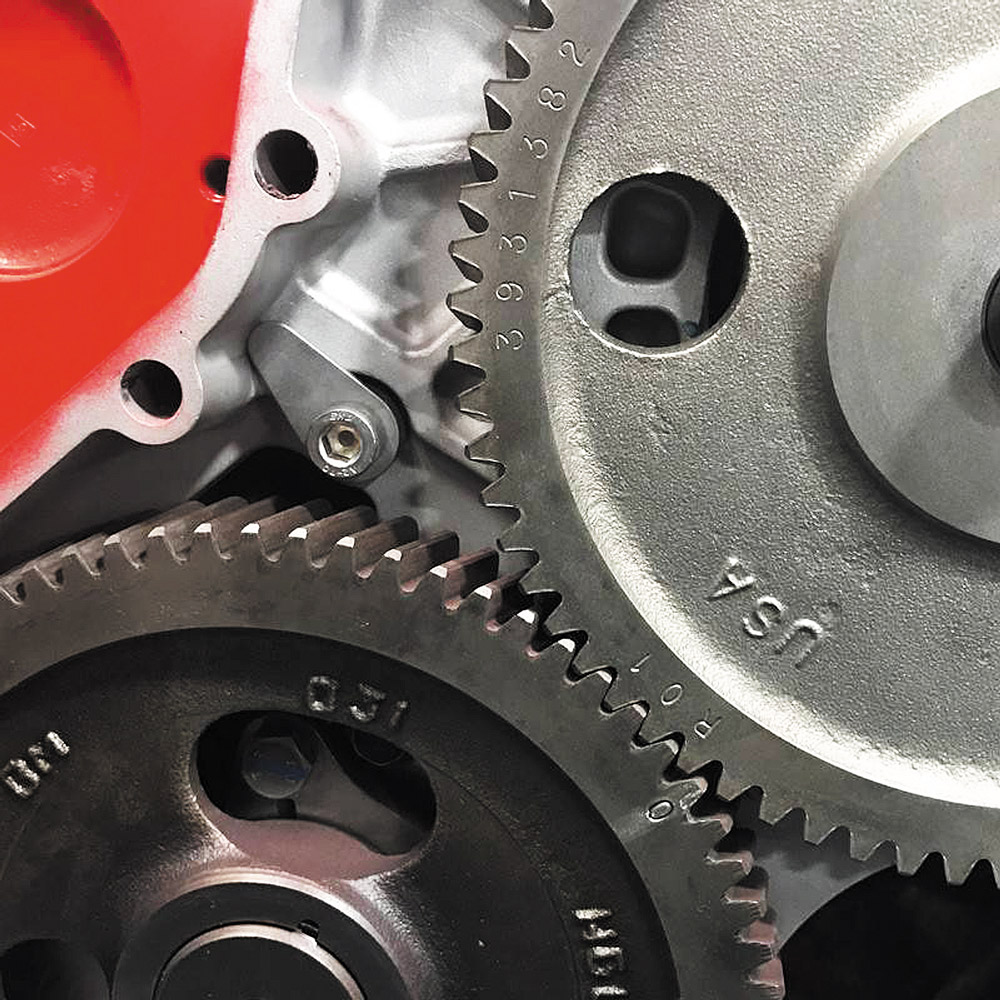
The killer dowel pin (or KDP for short) issue is well known among 5.9L 12-valve Cummins owners, but many don't know that it can also strike in '98.5-'02 24-valve engines, too. What happens, exactly? From the factory, a steel dowel pin was used to precisely locate the timing gear housing during assembly. This pin can work its way loose over time, and if/when it backs out of the block it can drop down into the cam gear, injection pump gear, and even the crank gear, causing catastrophic damage.
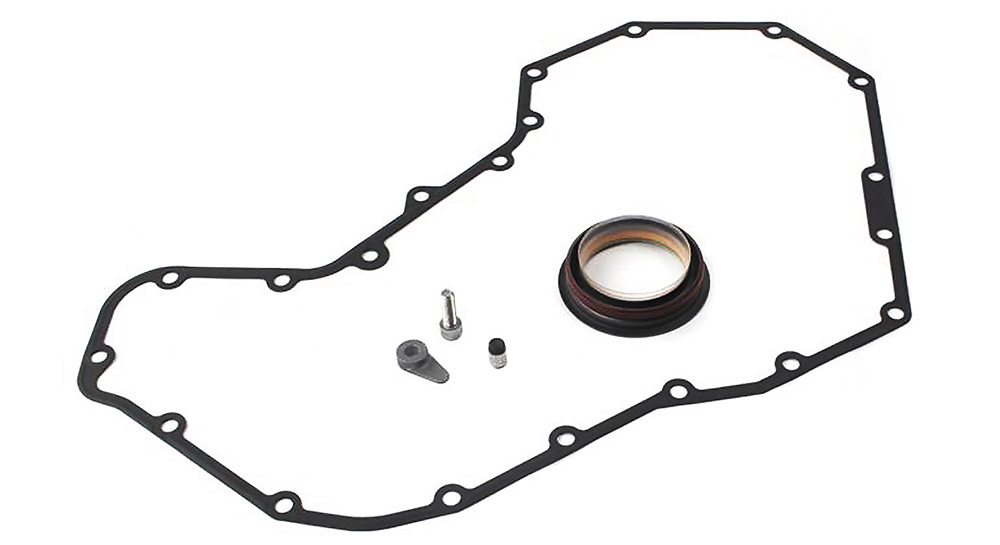
Available from Industrial Injection, this comprehensive kit includes everything you need to solve the killer dowel pin issue before it leaves you stranded. It goes without saying that accessing the killer dowel pin requires quite a bit of work, but in the end it's totally worth it. Consider addressing the KDP the best preventative measure you can perform on your first or second-gen Cummins. Industrial Injection's kit includes a KDP tab to lock the dowel pin permanently in place in the block, a new front crank seal, and a fresh timing gear cover gasket.
1989-1993 12-Valve
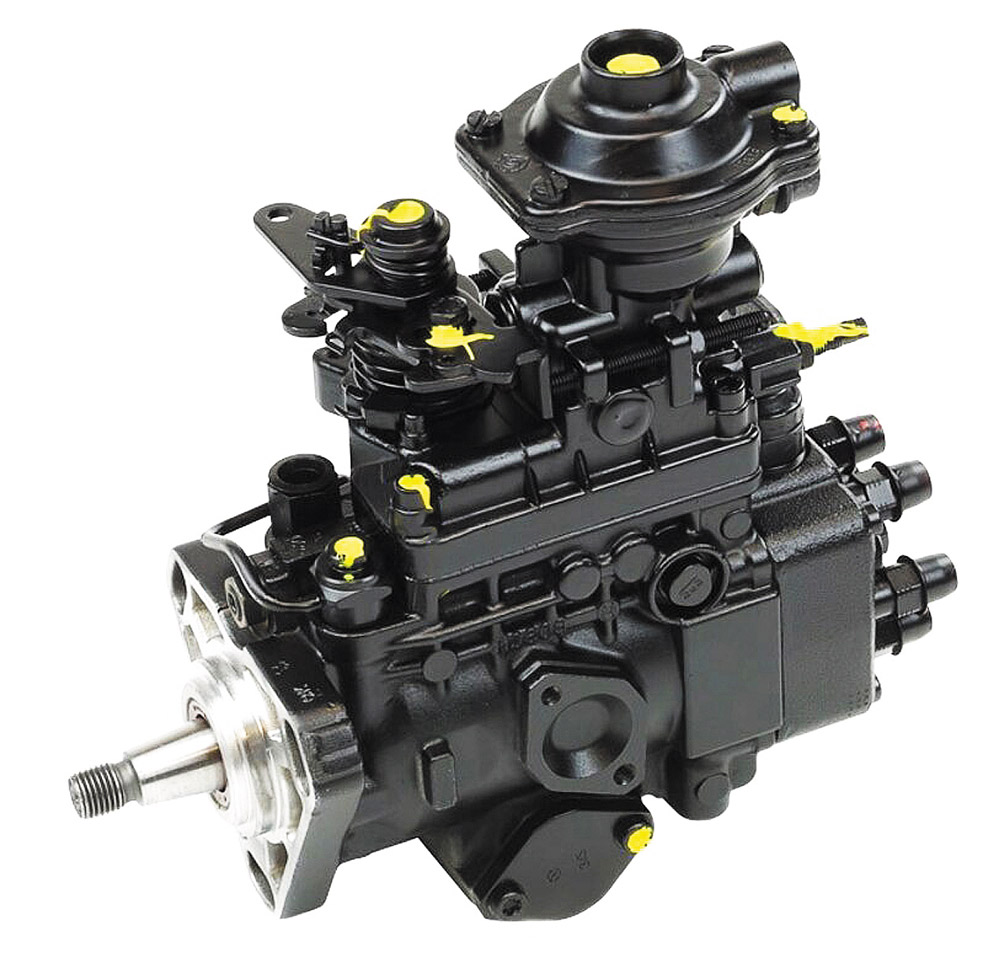
The first thing you'll notice about a bone-stock first-generation Cummins other than its lack of rpm range (more on that later) is how conservatively it's fueled. The factory mechanical distributor style Bosch VE injection pump makes use of a single 12mm plunger and only flows 105cc's worth of fuel. Although the 6BT's original power rating of 160hp might've sufficed in 1989, even basic VE pump tweaks are necessary to help get a first-gen truck out of its own way.
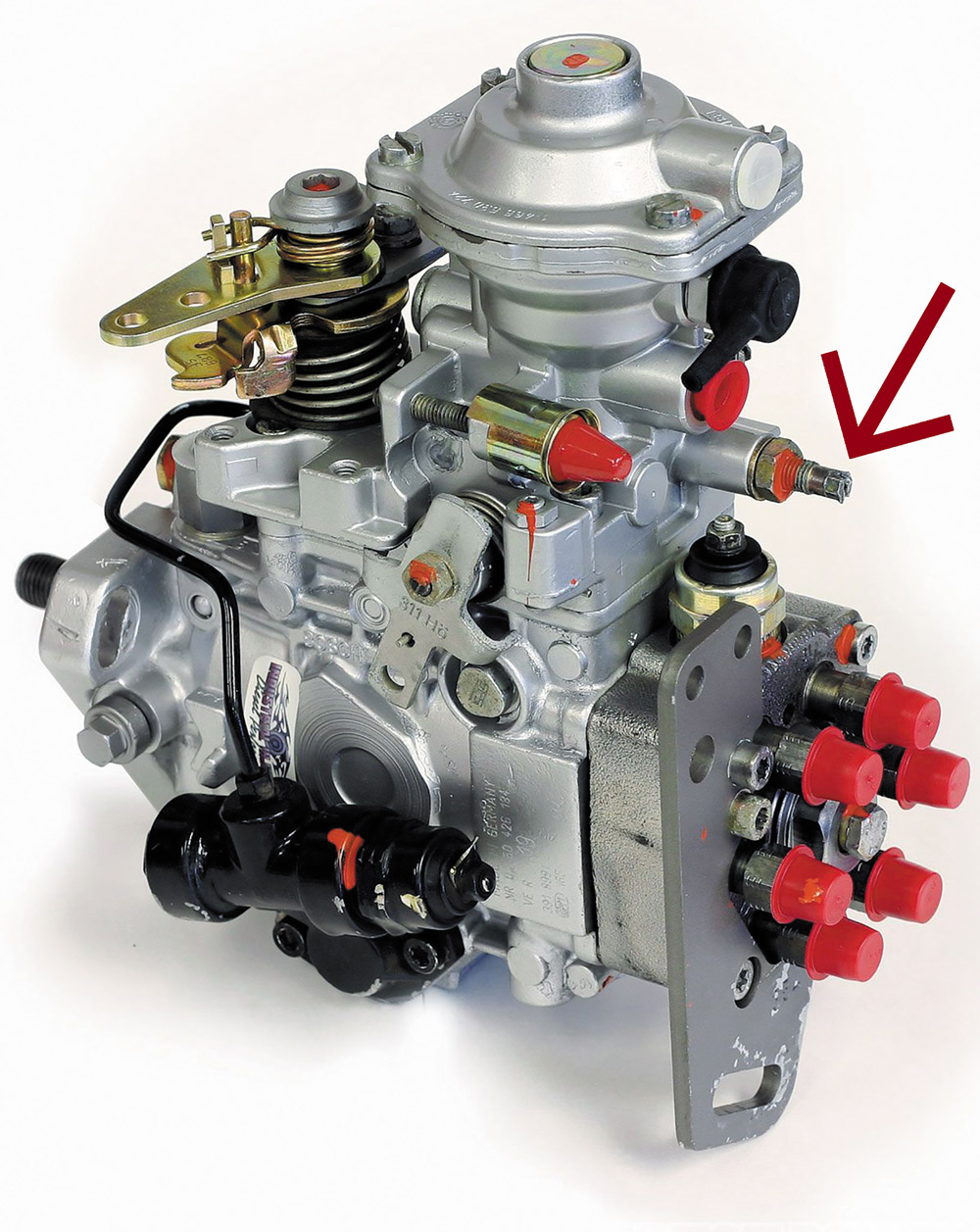
Making a fuel screw adjustment is the best way to get started with the VE injection pump, and it can add as much as 70 hp and 200 lb-ft of torque to the equation. Also known as the smoke screw, it's located at the back of the pump (firewall side) and calls for the removal of the OEM tamper-resistant cover and locking collar before you can turn it. Just make sure you don't adjust the fuel screw too far. If you do, the engine could run away on you…
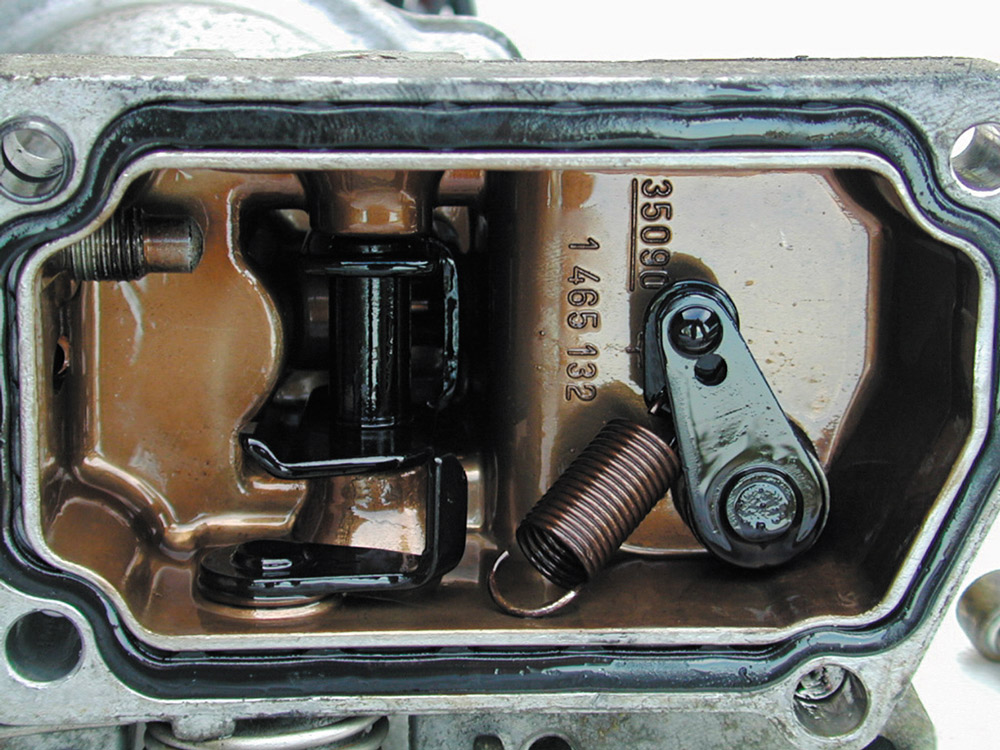
In stock form, the VE governs the 5.9L Cummins' engine speed to 2,500 rpm. However, many engines begin to de-fuel around 2,400 rpm, so there is virtually no power window to utilize with the aforementioned fueling mods. The age-old 3,200-rpm governor spring changes all of that, stretching out the engine's power band and facilitating more horsepower up top.
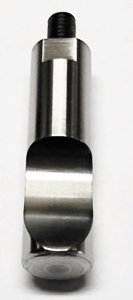
For a significant increase in low-rpm fueling, an aftermarket or modified factory fuel pin (or fuel cone) can do the trick. A more aggressive profile ramps up low-end fueling as boost comes on, and is known to provide roughly a 30hp gain along with another 50 lb-ft. If you're grinding the factory fuel pin yourself, be forewarned that once you remove too much material there is no going back. Don't get carried away.
1994-1998 12-Valve
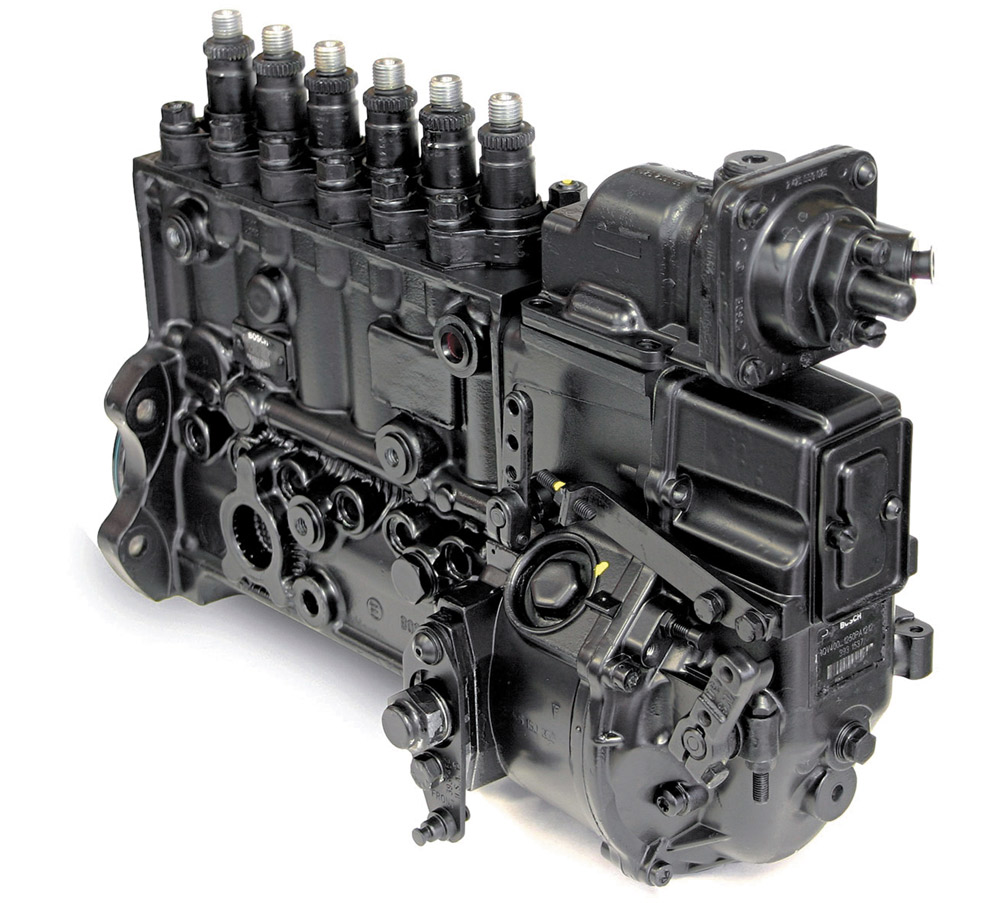
To appease NVH, emissions, and drivability requirements, the Bosch P7100 is extremely docile in factory form. Set to approximately 12 degrees of timing advance and moving just 135 to 170cc's of fuel in stock trim, to say the '94-'98 12-valve Cummins was conservatively fueled would be an understatement. Don't worry though, the P-pump can be made to flow three times that with a few simple changes. Thanks to having one plunger dedicated to feeding each cylinder, tons of fueling potential exists—even without upgrading the 12mm plungers.
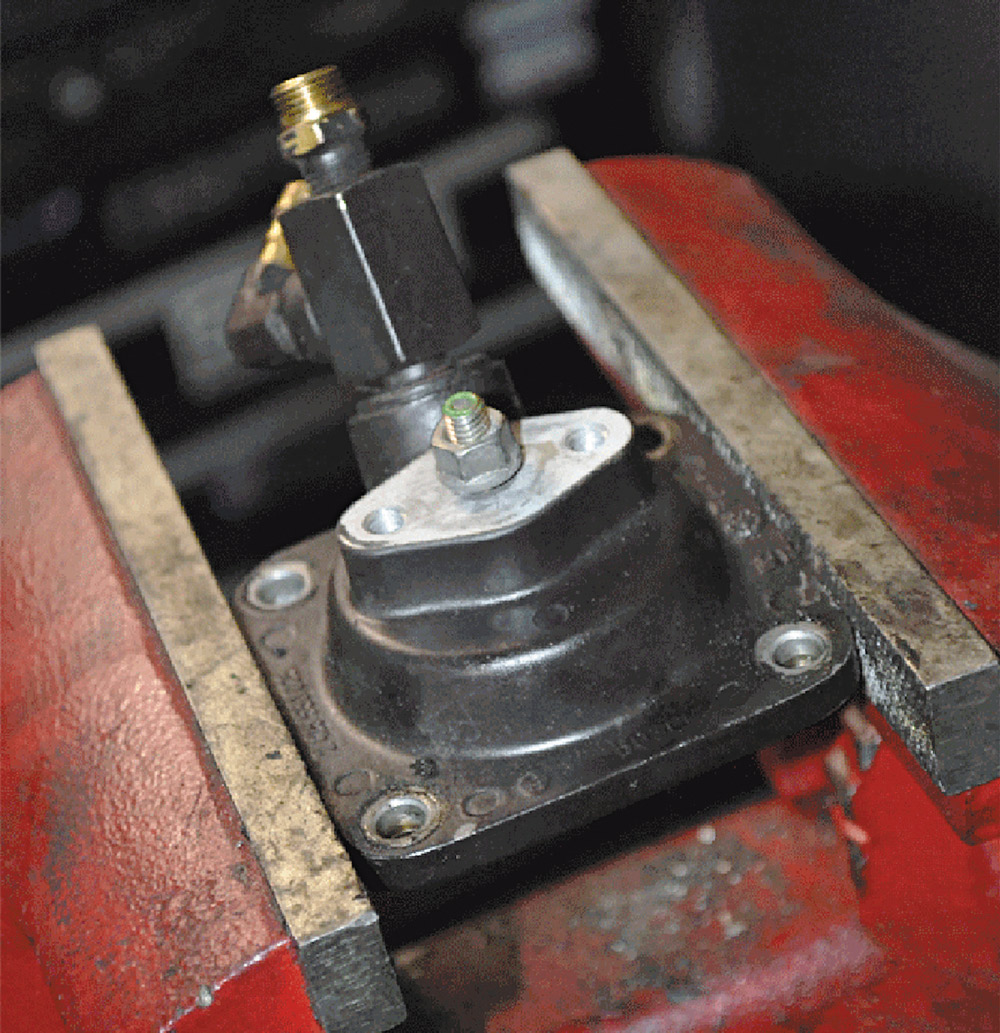
A lot of tinkerers get started with the pre-boost screw. It's located at the rear of the air fuel control (AFC) assembly. Adjusting the pre-boost screw can add significantly more off-idle (under boost) fueling to the mix, which also helps bring boost on quicker.
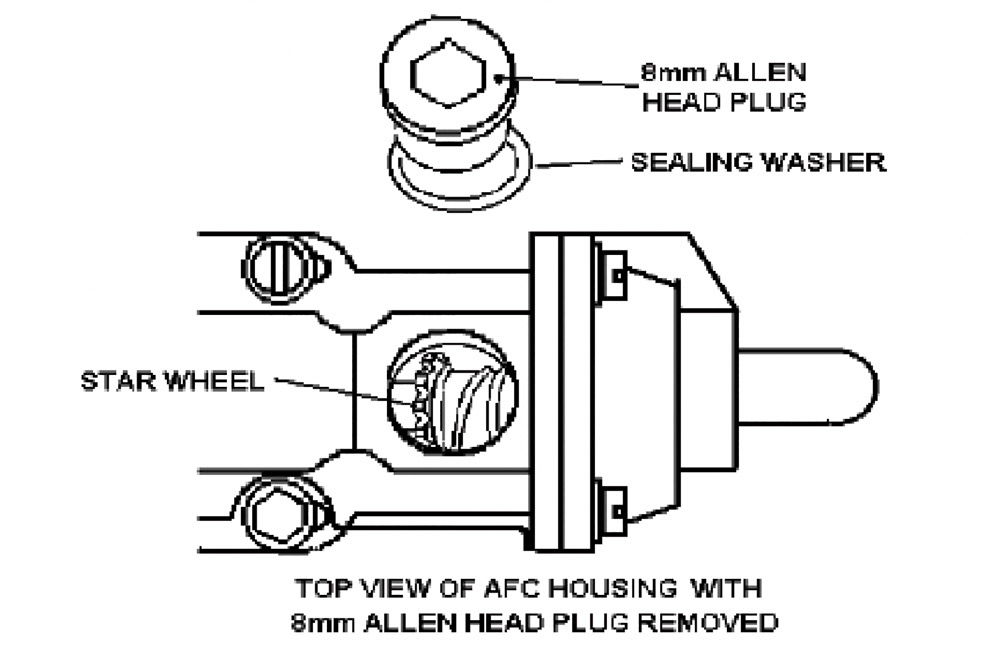
The star wheel adjustment is a great way to fine-tune the drivability of a P-pumped Cummins. It's accessed through the top side of the AFC housing, and rotating it toward the passenger side of the engine opens the P7100's fuel rack further (the rack being what allows fuel to enter the plungers). Small, incremental adjustments of the star wheel are key to balancing smoke output with streetability.
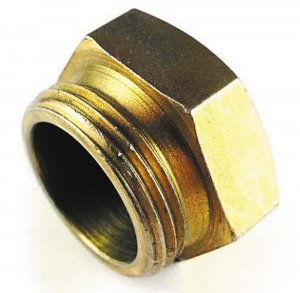
For yet another increase in rack travel (and as much as 35 hp), the venerable Mack rack plug is a great option for 160hp and 180hp P-pumps (note: it's known to retard injection timing on 215hp pumps). It's not free, but at least it's dirt cheap at just $14.95 when sourced from our friends at Pure Diesel Power. The plug increases rack travel from 18mm to 21mm, which effectively allows roughly 70 more cc's of fuel into the plungers. Just note that unless you plan to pull the P7100 to install the Mack rack plug, the front gear housing will have to be slightly modified to install it with the pump still on the engine.
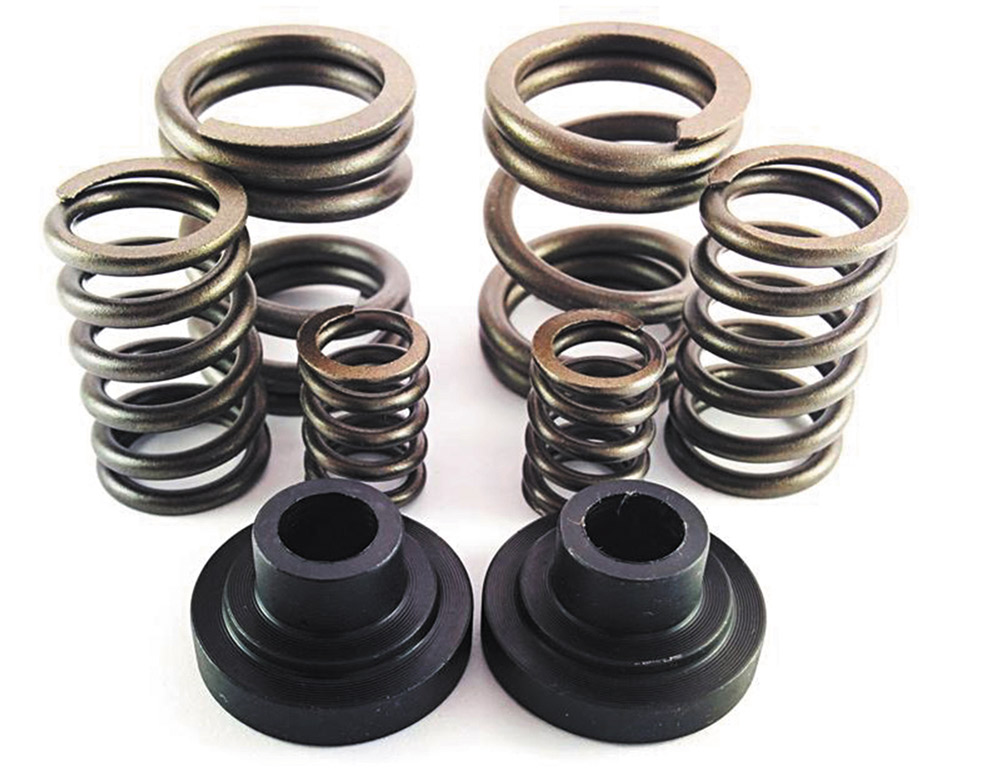
Governed to approximately 2,800 rpm stock, it's a very far cry from the kind of rpm we know the P7100 can support (especially the 215hp pump), but like the VE-pumped '89-'93 12-valve, the P7100 begins to de-fuel well before that (as soon as 2,500 rpm on some '94-'98 engines). Installing the tried and true 3,000-rpm governor spring kit extends the power curve of the engine, allowing you to take full advantage of the free and cheap fueling mods you've already made to the P-pump. The 4,000-rpm governor spring kit is also a popular option, but just know that stiffer valve springs should be installed if you plan to run your 12-valve upstairs.
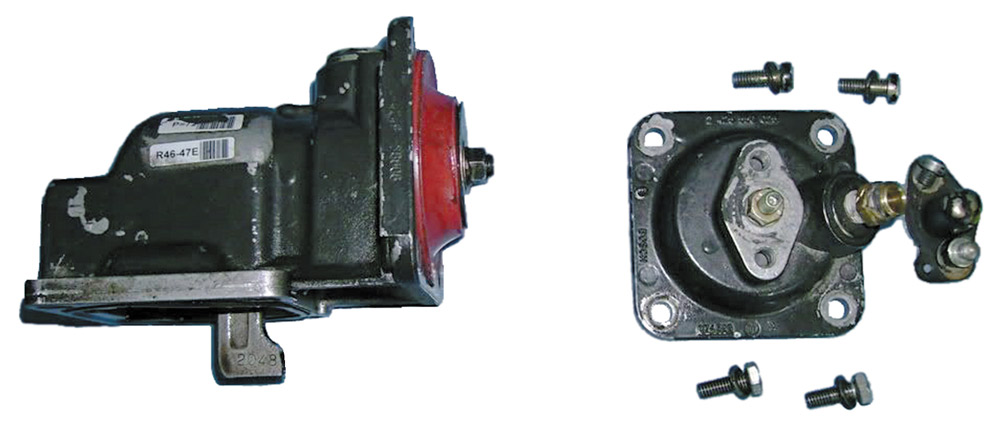
Because the AFC controls the P7100's low-boost fuel rate, adjusting it into the full-forward position brings immense fueling in much sooner in the rpm range. When combined with the star wheel adjustment already mentioned, it can yield a 200 lb-ft gain—along with 60 to 70 horsepower. To bring low-boost fuel on even quicker, a lighter tension AFC spring can be installed as well.
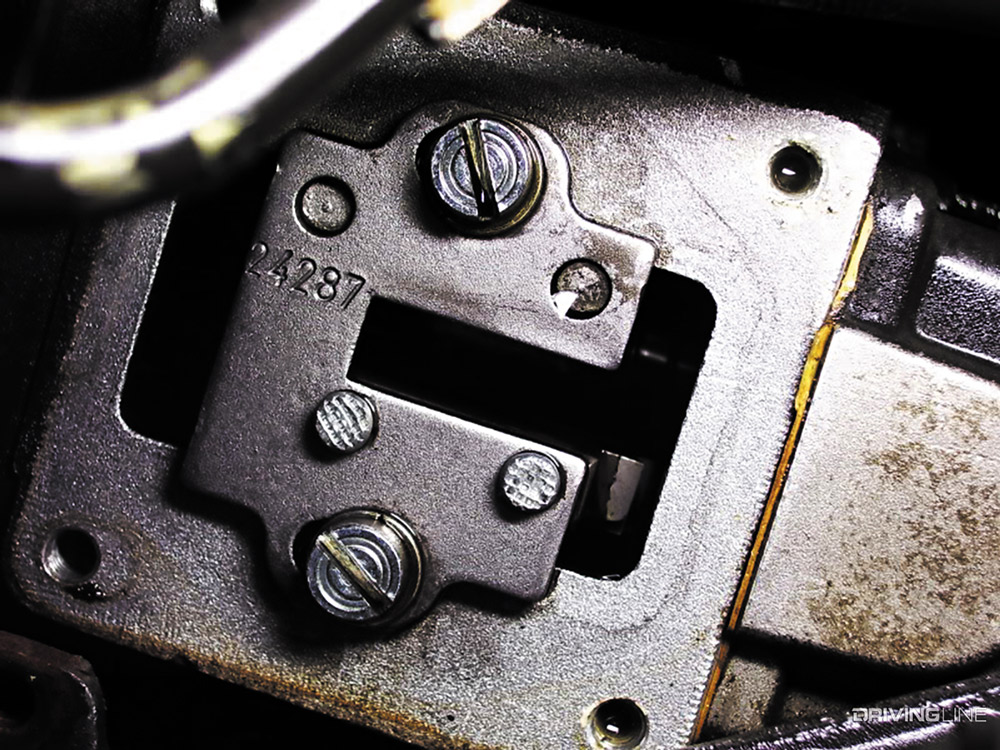
Removing the fuel plate or running a true #0 plate allows for full rack travel and even more fuel volume to enter the P-pump's plungers. To pull the plate, the AFC assembly has to be removed, followed by the tamper-resistant bolt and then the two bolts that actually secure the fuel plate in place. The added fueling that comes with ditching the fuel plate is known to be between 30 and 40 hp.
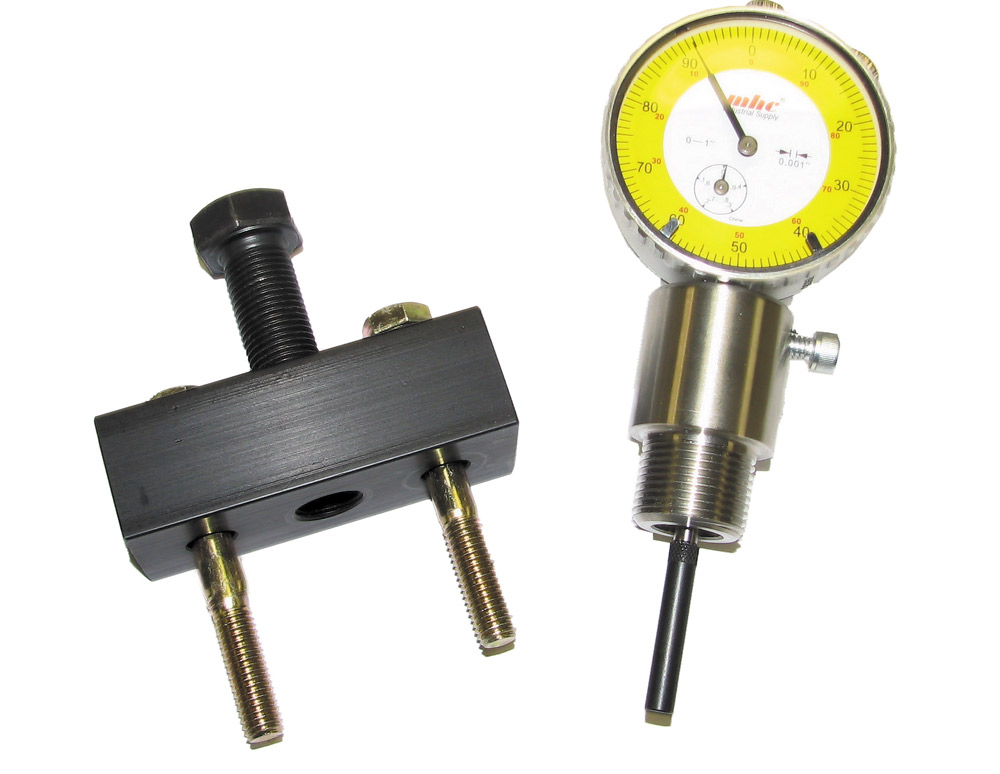
Not only is the P7100 configured to flow very little volume and hardly fuel at all under low-boost conditions from the factory, but it's also set to a timid 12 degrees of timing advancement. It's fairly involved and calls for a dial indicator on the delivery valve holder to pull it off, but bumping timing up to 18-21 degrees (BTDC) always produces impressive results. Advancing timing to 18 degrees on stock injector trucks usually frees up another 30-40 hp, drivability improves, and cold-starts aren't a problem. To be sure, the P-pumped Cummins' fueling mods are nowhere near exhausted at this point. You can also turn the barrels, install bigger delivery valves and obviously run larger injectors with optimized pop-off pressure to complement your specific setup.
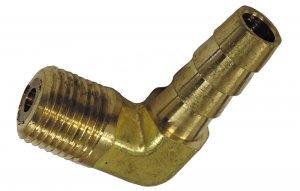
Without a boost elbow or a disabled wastegate, all fueling mods performed on the P7100 are for naught unless the Holset HX35W ('95-'98 engines) can make more boost than stock. With the common, $25 boost elbow onboard, boost can be fine-tuned for a maximum of 35 to 40-psi instead of the 18-22 psi it sees stock. Not only will the elevated boost add 20-30 hp to your overall setup, it will cool off EGT as well.
1998.5-2002 24-Valve
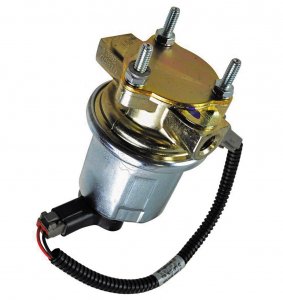
Whether it's the electric Carter lift pump mounted on the engine or the in-tank version Chrysler implemented as a "factory-fix" back in the day, OEM lift pumps don't live very lengthy lives on the '98.5-'02 24-valve Cummins. Worse yet, when they fail (or begin to fail) they starve the Bosch VP44 injection pump of the fuel it needs to stay cool and lubricated while performing its various jobs (pressurizing fuel, controlling injection timing, and regulating fuel volume).
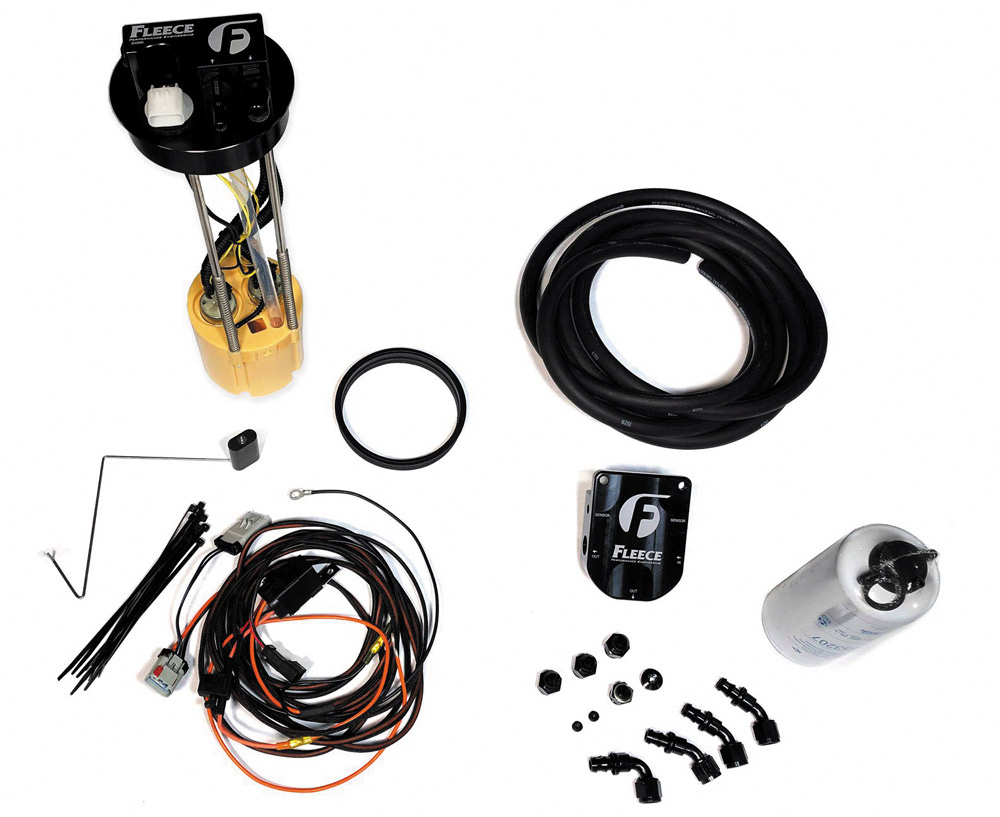
Keeping the VP44 in good health begins with a reliable lift pump, and one that can provide the magical 12-15 psi worth of supply pressure the VP44 requires. FASS offers a sound replacement lift pump coined the DRP (for Dodge Replacement Pump), which is available in both chassis-mount and in-tank form to suit either application, and the company even offers an optional pump relocation kit to solve frame-mounting difficulties. For the ultimate in-tank lift pump solution, the Fleece Performance Engineering in-tank PowerFlo system features dual gerotor pumps within the supplied sending unit and float, and supports up to 800 hp.
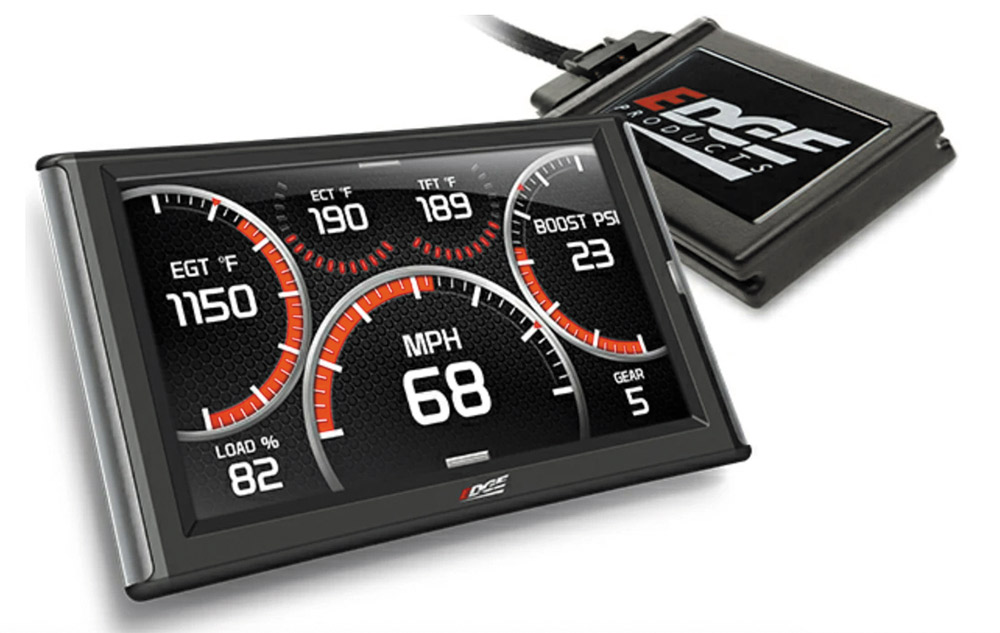
One of the biggest performance drawbacks of the 24-valve Cummins is the VP44's inability to support higher rpm. From the factory, the VP44 only fuels to 3,200 rpm—and many aftermarket programmers, modules, and fueling boxes fail to address this issue while adding power. One option that does provide full fueling comes from Edge Products. Level 7 of its Competition Juice with Attitude fuels all the way up to 3,600 rpm and adds as much as 150 hp and 380 lb-ft to your '98.5-'02 second-gen's bottom line. With proper fuel pressure being supplied to the VP44, we've seen stock injector trucks make 315-rwhp (vs. 180-rwhp stock) courtesy of Edge's full-fuel tuning.
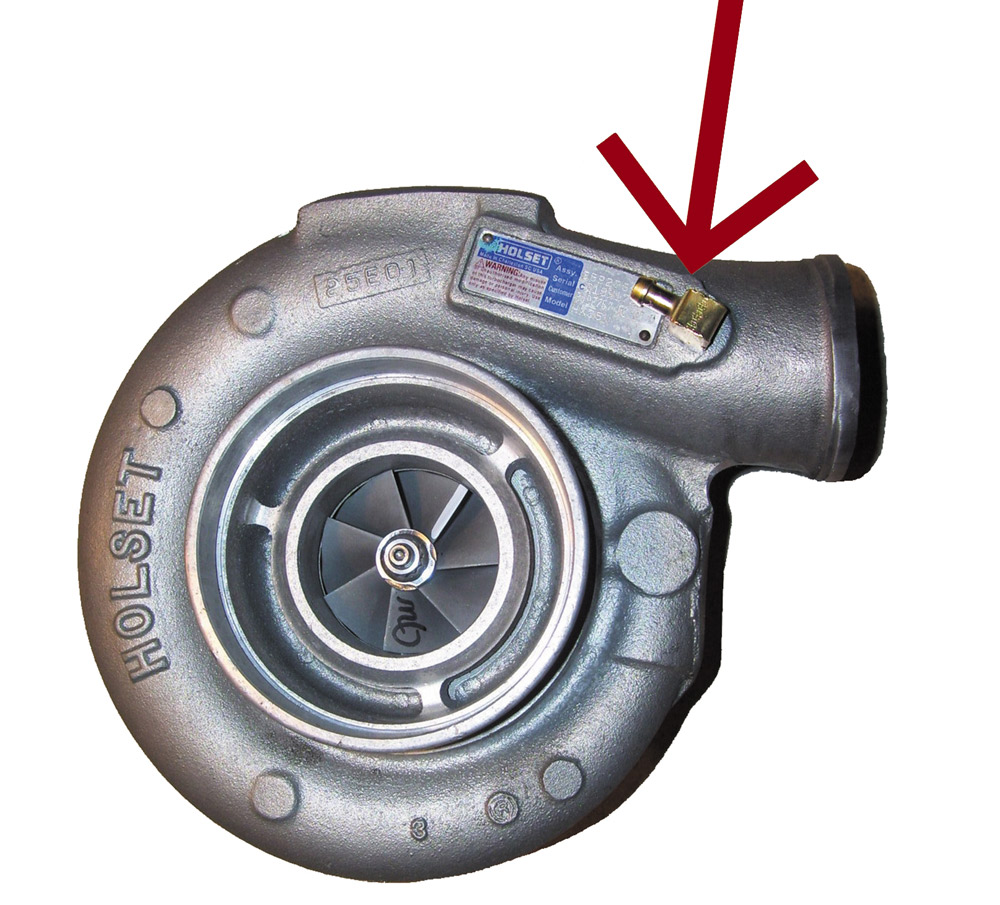
Just like the 12-valve, delaying when the turbocharger's wastegate opens (or disabling it) is key in building enough boost to capitalize on any extra fueling. On 24-valve engines fitted with the HX35W, which includes all manual transmission versions and '98.5-'00 automatics, the same 45-degree, adjustable boost elbow used on '95-'98 engines can be employed. Once again, it's wise to keep maximum boost between 35-40 psi to keep the HX35W from overspeeding.
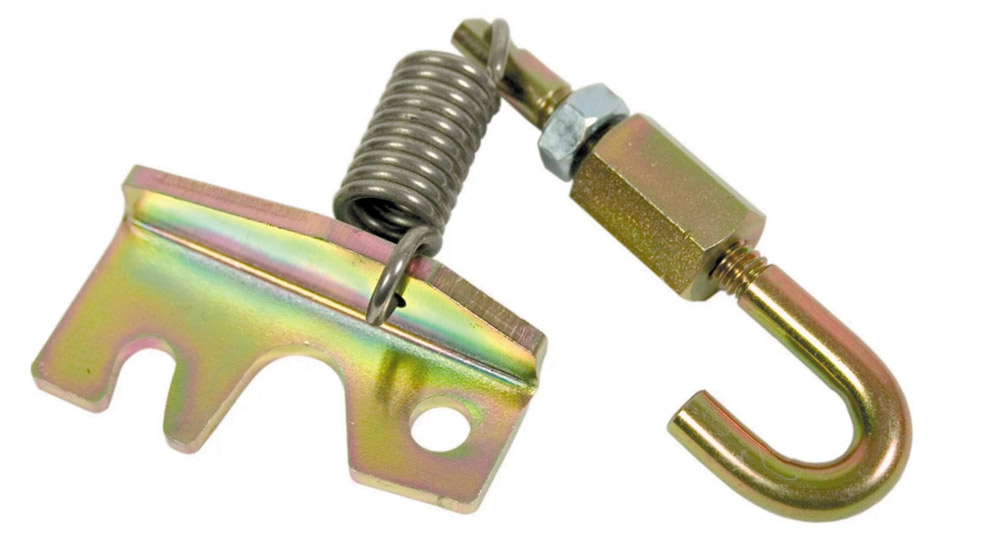
For control over the wastegate on the HY35W turbo found on '01-'02 automatic trucks, the common J-hook or BD's X-hook is recommended. On the HY35, the wastegate pod connects to the compressor housing via a hard steel line, which makes it hard to swap out the wastegate for any kind of boost control upgrade. This is where the J-hook or X-hook comes in, bolting to the compressor housing and increasing pressure on the valve.
2003-2007 Common-Rail
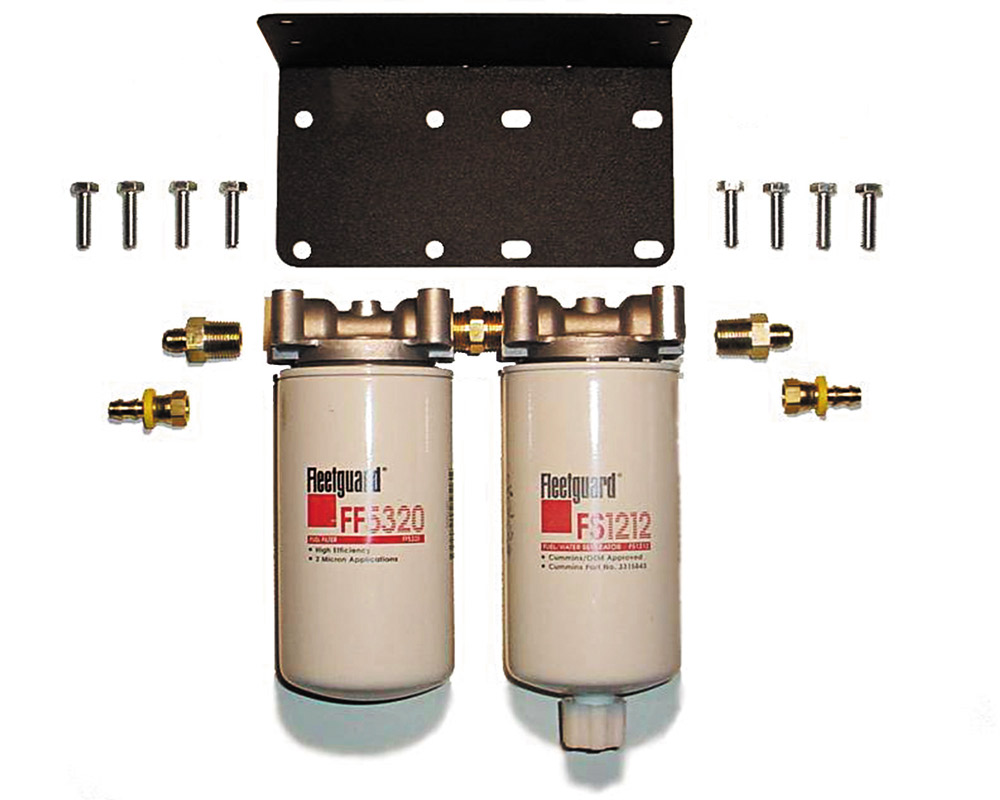
Some might not remember, but inadequate fuel filtration was a fairly common issue with the '03-'07 common-rail 5.9L from the factory. It's rumored that both Bosch and Cummins highly recommended Chrysler equip its fuel system with a 2 to 4-micron filter rather than the 7-micron it settled on. The high-pressure fuel system's tight tolerances made any sizeable contaminant a big problem, with the result being eventual damage inflicted on the injectors (and sometimes even the CP3). To ensure your common-rail 5.9L's injectors go the distance (usually 200,000-miles or so), switching to a quality, lower micron filter or adding a second auxiliary fuel filter to the mix definitely increases their chances.
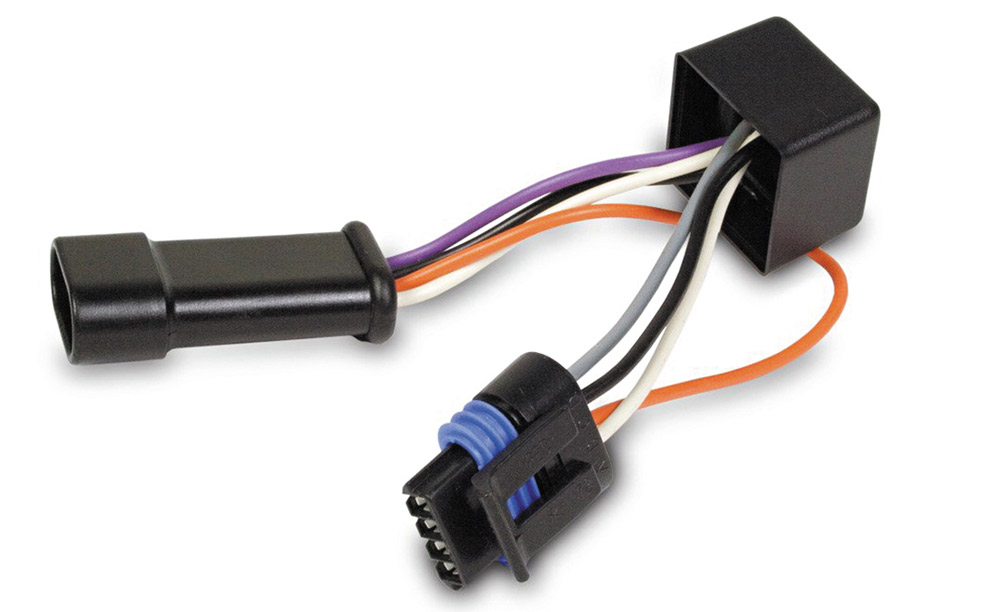
The factory HE341W ('03-'04) and HE351W ('04.5-'07) turbochargers aboard the common-rail 5.9L Cummins can support 500-rwhp, and in some cases a little more—but not without a boost fooler or wastegate resistor in the equation. If your tuning doesn't keep your truck from throwing an overboost CEL, a boost fooler is necessary. On '03 and '04 models, physically modifying the wastegate to allow more boost is necessary. On '04.5-'07 engines, an electronic boost fooler that installs in-line with the MAP sensor is most common.
2007.5-2018 6.7L Common-Rail
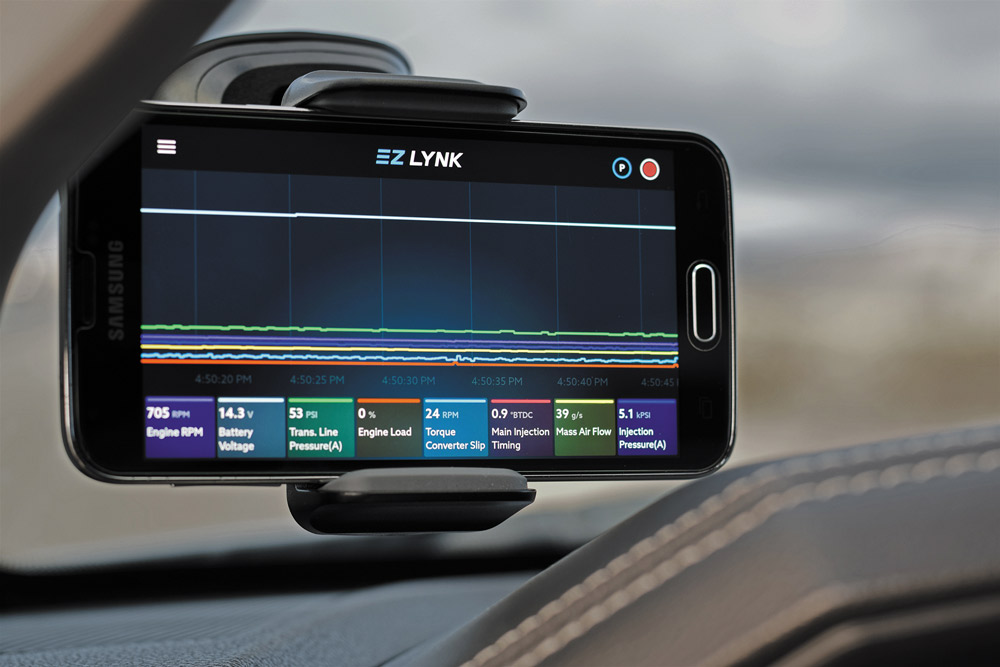
Whether your '07.5-'18 6.7L Cummins is tuned or tows heavy at the stock power level, your 68RFE needs help. To optimize the six-speed automatic transmission's shift schedule, holding capacity, and longevity, it pays to invest in good transmission control module (TCM) tuning. Available from companies like GDP Tuning and through KT Performance to name a few, TCM tuning ramps up line pressure for improved clutch holding capacity, optimizes shift points (eliminating the '68s common short-shifting issues) and dials in torque converter lockup with a fine-tooth comb. If you want your 68RFE to live with added power and/or stress being sent through it, this is your best option outside of spending big money on a billet transmission build.
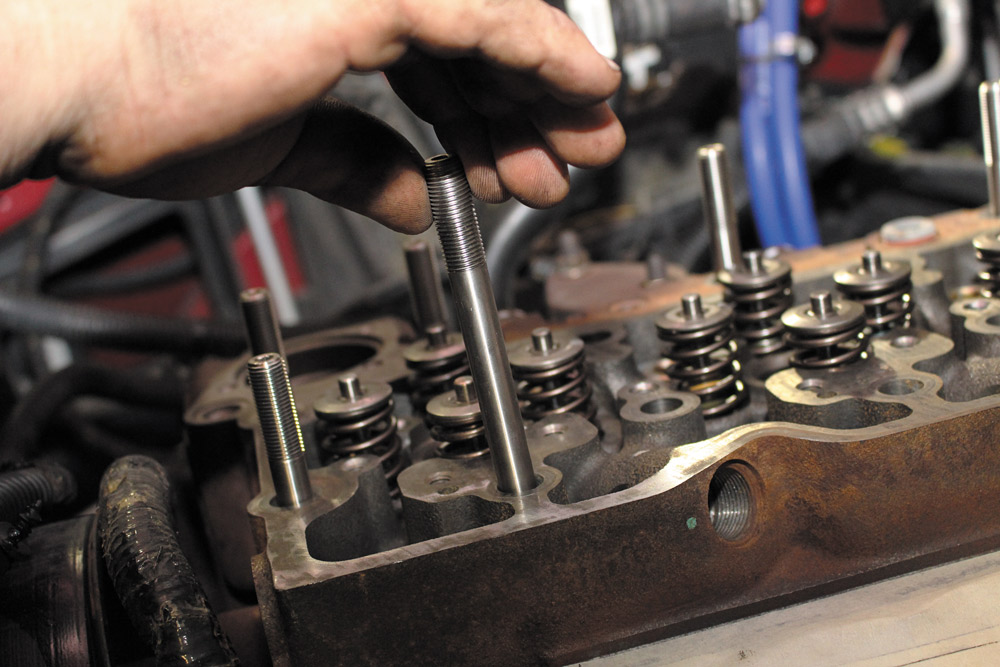
Thanks to its increased stroke over the 5.9L (4.88-inch vs. 4.72-inch), pound-for-pound the 6.7L Cummins produces more torque. Unfortunately this additional cylinder pressure makes head gasket failure much more common. If babied, a tuned 6.7L can get roughly 200,000 miles out of the stock gasket and head bolts, but trucks that are abused lift the head much sooner. Here, ARP head studs are a must-have item. In addition to adding head studs during a head gasket job, many 6.7L owners opt for fire-rings, too.
SOURCES
ARP
800.826.3045
ARPDIESEL.COM
EDGE PRODUCTS
801.476.3343
EDGEPRODUCTS.COM
FLEECE PERFORMANCE ENGINEERING
317.286.3573
FLEECEPERFORMANCE.COM
GDP TUNING
877.223.5018
GDPPRODUCTS.COM
INDUSTRIAL INJECTION
800.955.0476
INDUSTRIALINJECTION.COM
PURE DIESEL POWER
715.204.3115
PUREDIESELPOWER.COM
SCHEID DIESEL
800.669.1593
SCHEIDDIESEL.COM
Source: https://www.dieselworldmag.com/diesel-technology/cummins-upgrades/
0 Response to "Easy Turbo Upgrade on 93 59 Cummins"
Post a Comment